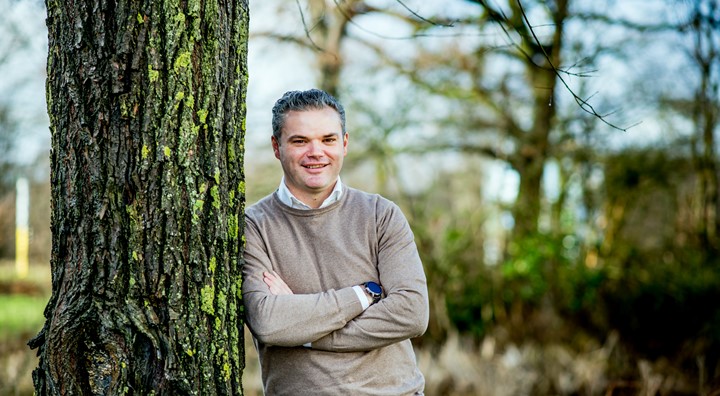WearIT4COVID
State of the art systems lack either the necessary TRL level, parameters, accuracy, continuous measurement, seamless integration into hospital IT systems and/or warning scores for COVID-19 patients. Therefore, the WEARIT4COVID partners aim to optimize their system for COVID-19 patients specifically and perform clinical pilot testing at TRL6/7.


![INT Logo Covid Wearit4covid DEF[1]](/media/crapdbth/int_logo_covid_wearit4covid_def-1.jpg?anchor=center&mode=crop)
This project is being carried out with a contribution from the European programme Interreg Euregio Maas-Rhine, which promotes innovation, renewable energy, a healthy environment and the labour market through cross-border projects.
During the first COVID-19 outbreak in Europe, hospitals faced an acute demand for (ICU) beds and a high workload for personnel under difficult circumstances. The disease proved to be unpredictable and heterogeneous in its expression and course, and to require a long hospital stay. COVID-19 patients typically deteriorate very rapidly, leaving little time to initiate (oxygen) therapy, and prepare patients and relatives for a potential ICU admission. Care professionals reported they could not rely on clinical signs in predicting deterioration and making medical decisions. General nursing wards are not equipped for advanced monitoring; standard of care consists of intermittent manual measurement of vital signs only 1-3 times a day. However, continuous measurement is crucial for early detection of deterioration and minimizes undesirable physical contact. In particular, respiratory rate (RR), oxygen saturation (SpO2), heart rate (HR), and variability (HRV) are identified as important parameters in COVID-19. Anticipating a potential second COVID-19 outbreak, decision support for timely escalation to medium or intensive care is urgently needed. The need for in-hospital continuous vital signs monitoring was already addressed in our previous Interreg EMR project wearIT4health, in which a prototype of a decision support system at technology readiness level (TRL) 5 was developed and is currently tested in hospitals. State of the art systems lack either the necessary TRL level, parameters, accuracy, continuous measurement, seamless integration into hospital IT systems and/or warning scores for COVID-19 patients. Therefore, the WEARIT4COVID partners aim to optimize their system for COVID-19 patients specifically and perform clinical pilot testing at TRL6/7.
More information can be found on the project website and the interreg project page.
Project lead:
- Université de Liège - Interface Entreprises (ITF)
Project partners:
- Hasselt University
- Maastricht Universitair Medisch Centrum+ / Academisch ziekenhuis Maastricht
- KU Leuven
- Microsys
- CHU de Liège
- University of Maastricht
- ZOL

Contact
prof. dr. ir. Ronald Thoelen

dr. Lieve De Doncker

